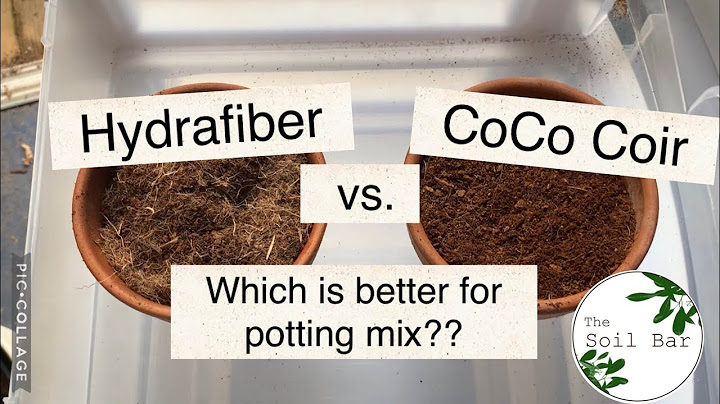Ingredients from label Active Ingredients: Avobenzone 3%, Homosalate 10%, Octisalate 5%, Octocrylene 7.5%, Oxybenzone 5%; Inactive Ingredients: Water, silica, cetyl dimethicone, styrene/acrylates copolymer, C12-15 alkyl benzoate, ethylhexylglycerin, steareth-100, phenoxyethanol, pentylene glycol, caprylyl glycol, steareth-2, cyclopentasiloxane, polyester-7, chlorphenesin, disodium EDTA, bisabolol, acrylates/dimethicone copolymer, fragrance, butylene glycol, diethylhexyl 2,6-naphthalate, BHT, mannan, xantham gum, polymethyl methacrylate, camellia oleifera leaf extract, tocopheryl acetate, portulaca oleracea extract, ascorbic acid, pantothenic acid, retinyl palmitate Show
Ingredient Name & DetailsRETINYL PALMITATE (VITAMIN A PALMITATE)Concerns: Cancer (moderate), Developmental/reproductive toxicity (high), Use restrictions (high), Non-reproductive organ system toxicity (low), Biochemical or cellular level changes (high) OXYBENZONE active ingredient 5%Concerns: Developmental/reproductive toxicity (low), Allergies/immunotoxicity (moderate), Enhanced skin absorption, Use restrictions (moderate), Endocrine disruption (moderate), Persistence and bioaccumulation (low), Non-reproductive organ system toxicity (low), Biochemical or cellular level changes (high) FRAGRANCEConcerns: Allergies/immunotoxicity (high), Endocrine disruption (moderate), Non-reproductive organ system toxicity (moderate), Ecotoxicology (low), Irritation (skin, eyes, or lungs) (moderate) HOMOSALATE active ingredient 10%Concerns: Enhanced skin absorption, Use restrictions (moderate), Endocrine disruption (low), Non-reproductive organ system toxicity (moderate), Ecotoxicology (low), Contamination concerns (SALICYLIC ACID and TRIMETHYLCYCLOHEXANOL) PHENOXYETHANOLConcerns: Allergies/immunotoxicity (low), Use restrictions (moderate), Non-reproductive organ system toxicity (moderate), Irritation (skin, eyes, or lungs) (high), Occupational hazards (high) OCTISALATE active ingredient 5%Concerns: Allergies/immunotoxicity (low), Enhanced skin absorption, Use restrictions (moderate) OCTOCRYLENE active ingredient 7.5%Concerns: Use restrictions (moderate), Persistence and bioaccumulation (low), Irritation (skin, eyes, or lungs) (low), Biochemical or cellular level changes (high) STEARETH-100Concerns: Use restrictions (low), Non-reproductive organ system toxicity (low), Contamination concerns (ETHYLENE OXIDE and 1,4-DIOXANE) STEARETH-2Concerns: Use restrictions (low), Non-reproductive organ system toxicity (low), Contamination concerns (ETHYLENE OXIDE and 1,4-DIOXANE) CYCLOPENTASILOXANEConcerns: Cancer (low), Neurotoxicity (low), Endocrine disruption (low), Persistence and bioaccumulation (moderate), Non-reproductive organ system toxicity (moderate), Ecotoxicology (low) CHLORPHENESINConcerns: Allergies/immunotoxicity (moderate), Use restrictions (moderate), Non-reproductive organ system toxicity (low), Irritation (skin, eyes, or lungs) (moderate) BHTConcerns: Cancer (moderate), Developmental/reproductive toxicity (low), Allergies/immunotoxicity (moderate), Endocrine disruption (low), Non-reproductive organ system toxicity (moderate), Irritation (skin, eyes, or lungs) (moderate) TOCOPHERYL ACETATEConcerns: Cancer (low), Allergies/immunotoxicity (moderate), Contamination concerns (HYDROQUINONE) AVOBENZONE active ingredient 3%Concerns: Cancer (low), Allergies/immunotoxicity (low), Use restrictions (moderate), Contamination concerns (BENZOIC ACID, 4-T-BUTYLBENZOIC ACID, BENZALDEHYDE, P-ANISIC ACID, ACETOPHENONE, and DIBENZOYLMETHANE) STYRENE/ACRYLATES COPOLYMERConcerns: Use restrictions (low), Contamination concerns (METHACRYLIC ACID, ACRYLIC ACID, and 2-ETHYLHEXYL ACRYLATE) ETHYLHEXYLGLYCERINConcerns: Allergies/immunotoxicity (low), Non-reproductive organ system toxicity (moderate), Ecotoxicology (low), Irritation (skin, eyes, or lungs) (high) BISABOLOLConcerns: Enhanced skin absorption, Use restrictions (moderate) WATERSILICA, AMORPHOUSConcerns: Persistence and bioaccumulation (high), Non-reproductive organ system toxicity (low) CETYL DIMETHICONEPENTYLENE GLYCOL
CAPRYLYL GLYCOLPOLYESTER-7ACRYLATES/ DIMETHICONE COPOLYMERDIETHYLHEXYL 2,6-NAPHTHALATEMANNANXANTHAN GUMCAMELLIA OLEIFERA (TEA-OIL CAMELLIA) LEAF EXTRACTPORTULACA OLERACEA (GREEN PURSLANE) EXTRACTASCORBIC ACID (VITAMIN C)VITAMIN B3Is Neutrogena 70 sunscreen safe?Not only do many Neutrogena sunscreens contain harmful chemicals like oxybenzone and methylisothiazolinone – we'll get to those later – but their advertised SPF levels of over 70 have been debunked by the U.S. Food and Drug Administration.
Is there a recall on Neutrogena Ultra Sheer sunscreen?Issues Voluntary Recall of Specific Neutrogena® and Aveeno® Aerosol Sunscreen Products Due to the Presence of Benzene. NEW BRUNSWICK, N.J., JULY 14, 2021 – Johnson & Johnson Consumer Inc.
Does Neutrogena sunscreen leave a white cast?Neutrogena's Pure & Free Baby Sunscreen Lotion is fragrance-free and hypoallergenic, making it a great option for people with sensitive skin—just know it does leave a white cast. Sunscreen is a year-round necessity.
Can you use Neutrogena Ultra Sheer sunscreen on your face?Neutrogena's Ultra Sheer sunscreen is very gentle and light on your facial skin, and really is waterproof and sweat proof.
|

Related Posts
Advertising
LATEST NEWS
Advertising
Populer
Advertising
About

Copyright © 2024 kemunculan Inc.


















